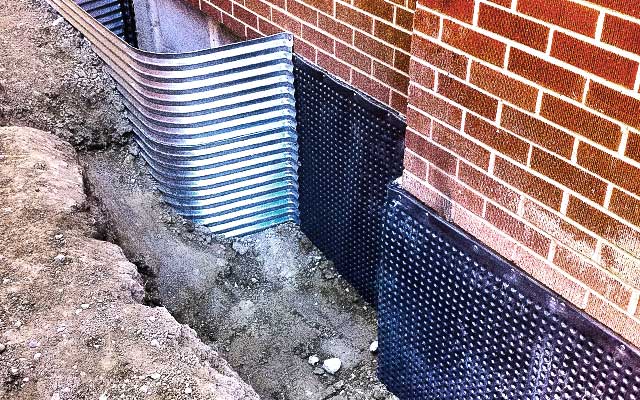One of the reasons homeowners buy real estate is to create an investment. Keeping moisture and damp at bay is a vital aspect of protecting the resale value of your home, as well as your possessions. Maintaining your investment can be a costly affair, however, particularly when it comes to issues such as foundation repair. Take account of these important considerations when you carry out this type of work on your property:
Find the Cause
When you discover cracks in your basement walls, it’s essential to determine the reason for the problem before trying to fix it. Some of the potential causes are:
- Loss of integrity in the walls
- Water pressure against the external surfaces of the walls
- Air pockets in the earth surrounding the foundations that cause shifting and instability
Any of these issues can cause movement in the foundations, resulting in bowing and cracking of the basement walls, seepage of water into the home, the growth and odor of mildew and ultimately the risk of collapse.
Address the Problem
Foundation repair is pointless unless you first address the issues that are causing the problems in the first place. This might require raising the foundations using pylons or concrete slabs or supporting the home using beams and post jacks while the surrounding soil is compacted to eliminate air pockets. If groundwater is the culprit, filling and compacting the earth around the foundations or installing a pump to continuously isolate and remove water may be required.
Repair the Damage
Once you’ve identified and resolved the cause of the problem, you can set about doing the actual foundation repair. The cost involved in this aspect of maintenance depends on how long the problem has existed before it is discovered, or before you take steps to address it. Repairs typically involve replacing the damaged sections of the foundation wall, waterproofing with a membrane and repainting where necessary.
Preventing Future Occurrences
Unless you want to be continuously paying for foundation repair, you also need to take steps to prevent the problem from recurring. Make sure that your outdoor pathways don’t slope towards the walls of the home, which will allow water to flow back down towards the foundations. Remove any plants, shrubs, and trees that are planted within 8 feet of the base of the house, and keep your garden sprinklers at least 5 feet away when you’re watering the grass.
Keeping your home in ship-shape condition will ensure that when you decide it’s time to sell, you get the full value of your return on investment. It might cost you money to maintain it, but problems such as foundation repair are far less expensive if they are addressed before they become extensive.

